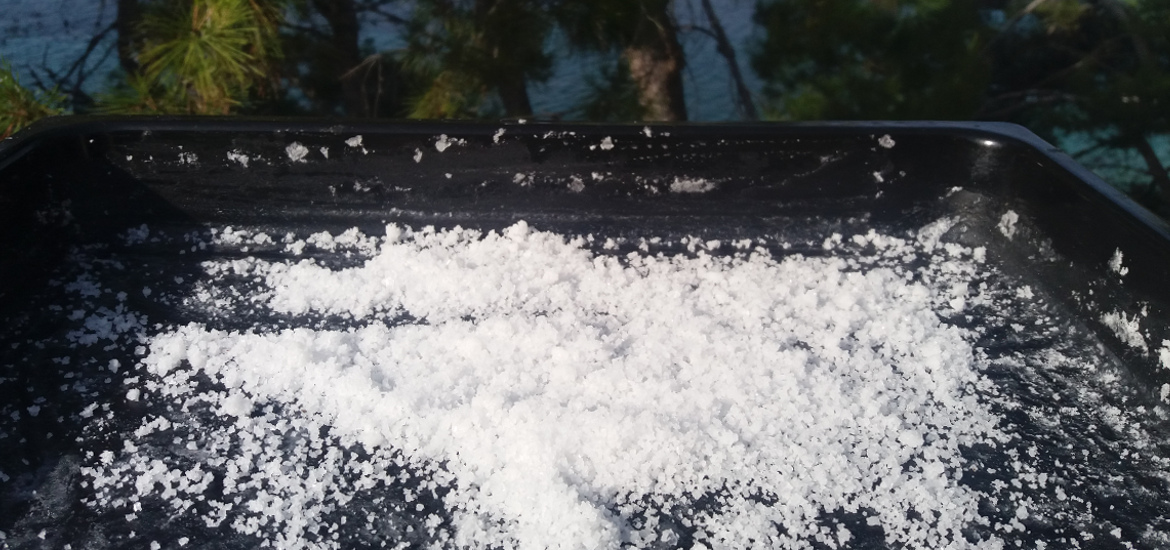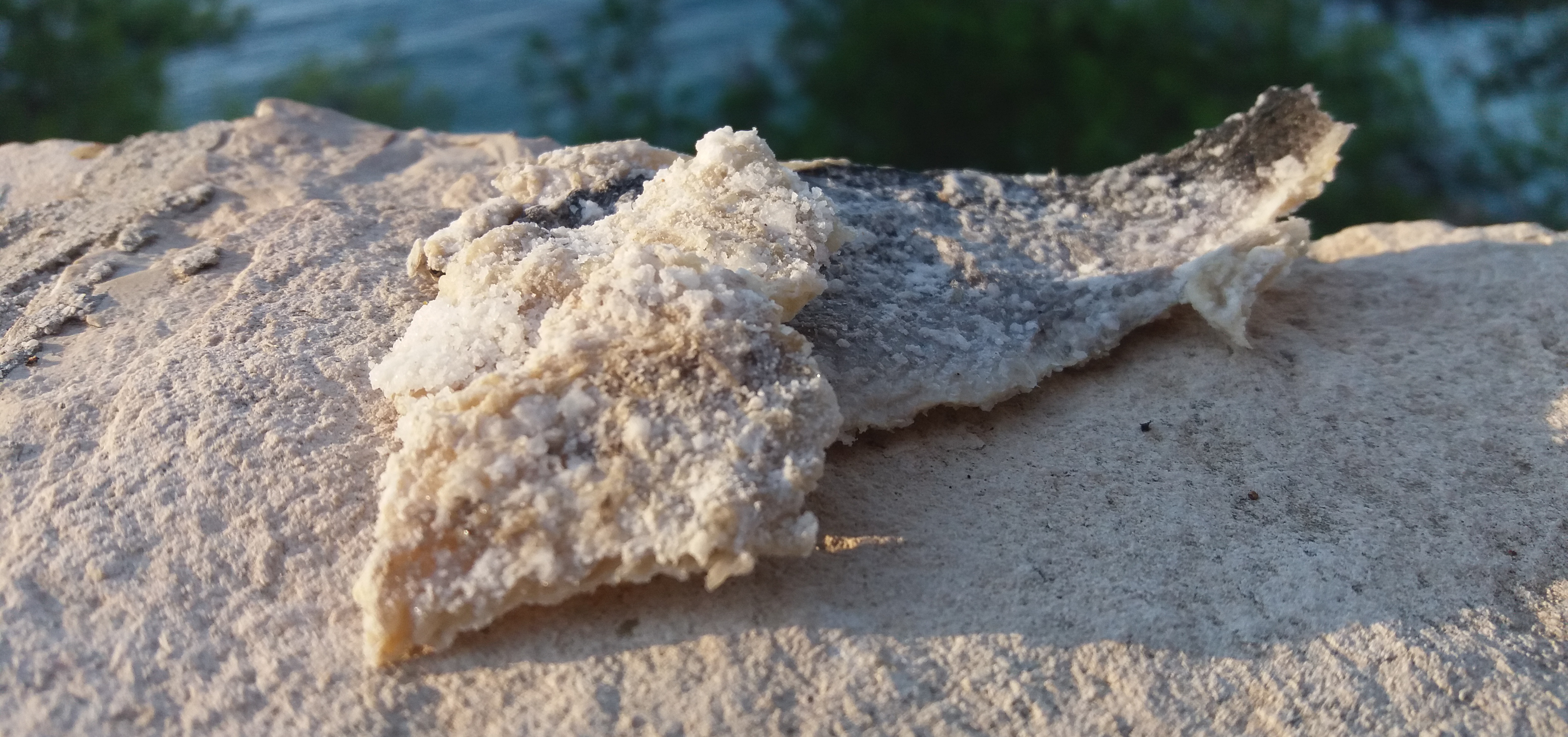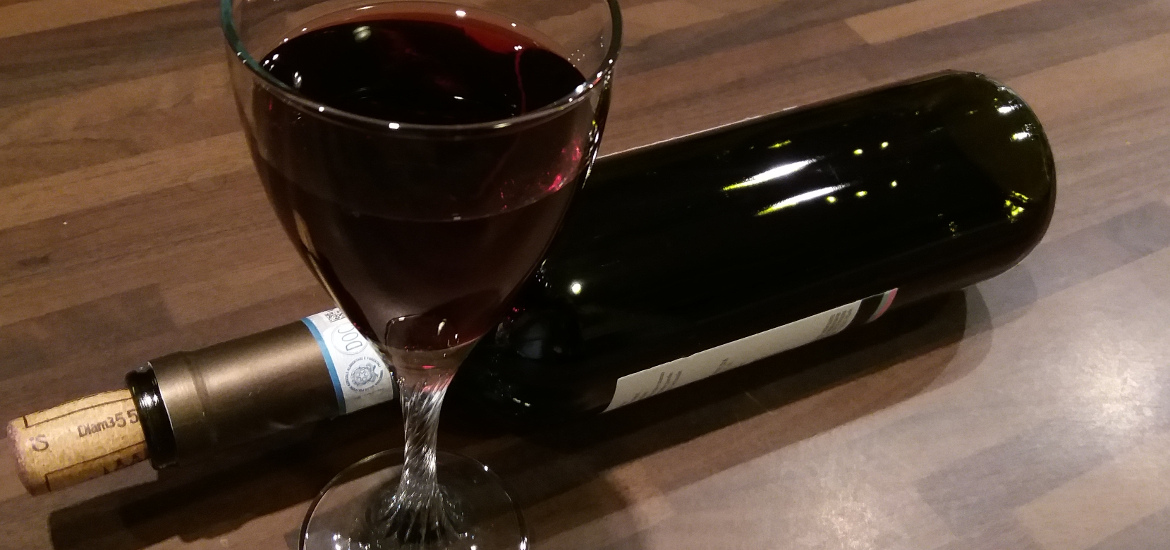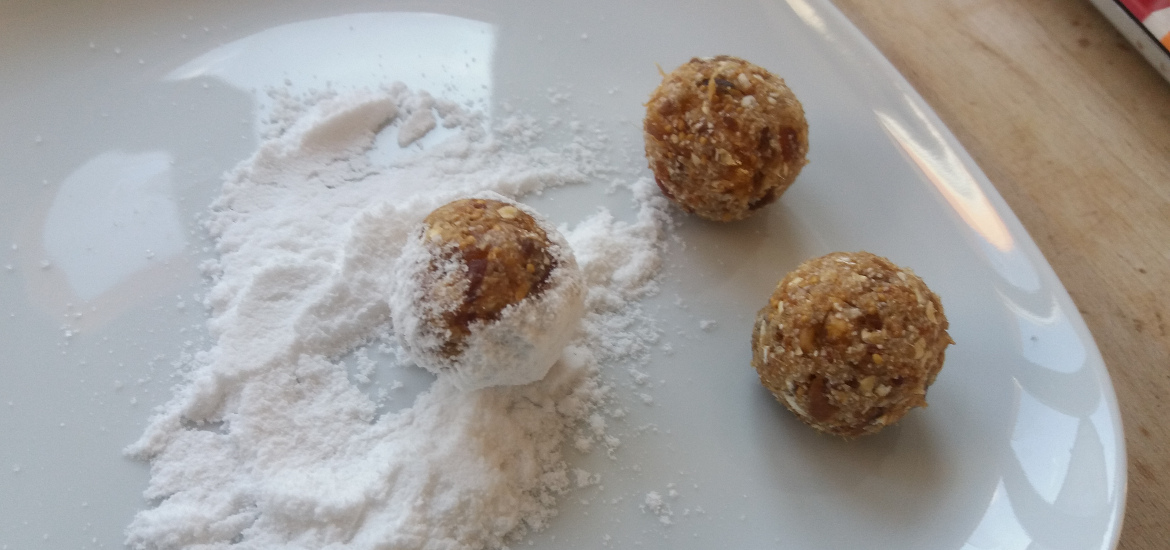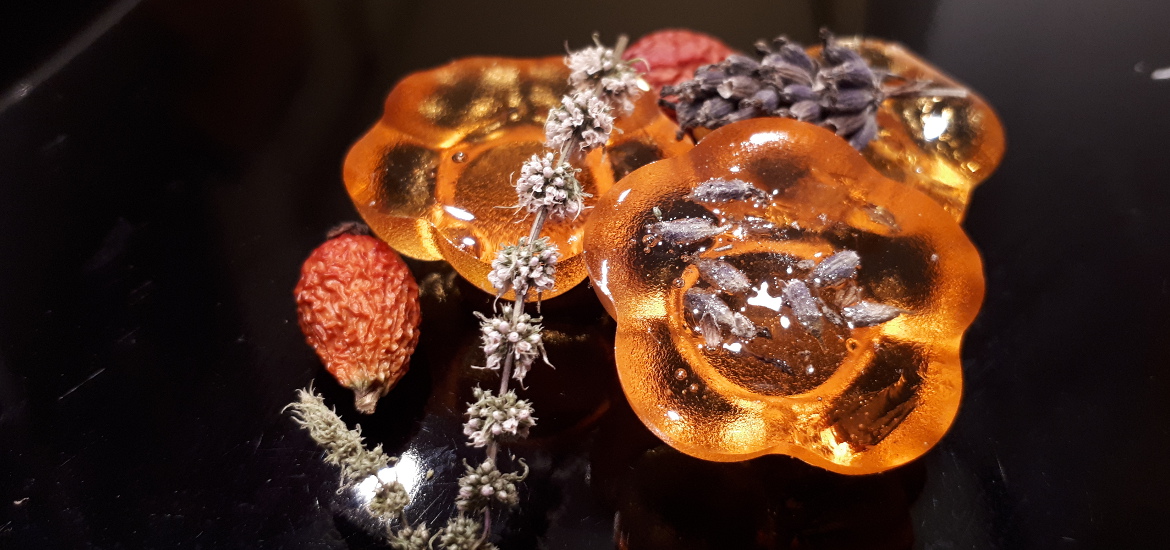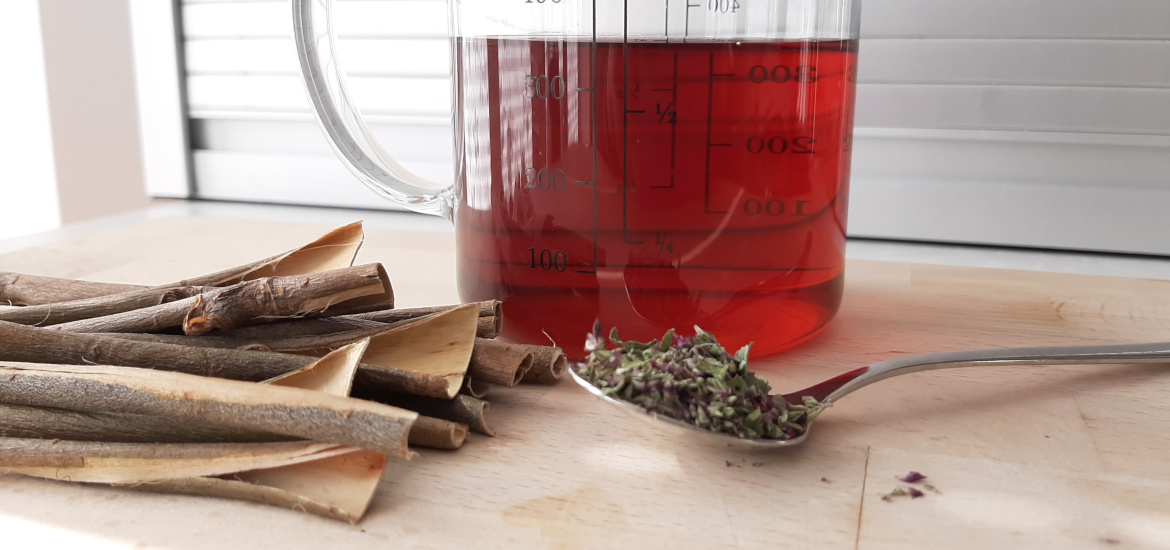First, some background about sea salt harvest. Salt (sodium chloride) is an integral part of our diet, despite its bad reputation in relation to cardiovascular disease – which is, by the way, been questioned. Anyway, salt – in the right amount – is essential for human body and it is THE spice for preparation of our food. Salt taste is one of the four primary tastes and is, beside the sweet taste, one of the most appealing ones.

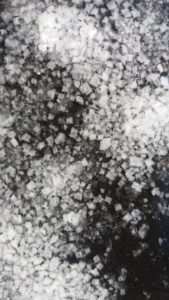
It sounds unusual, but salt was a hot commodity in the human history – up to the end of the beginning of twentieth century (yes, only a hundred years ago)!
Even the word salary comes from the Latin word for salt, since roman soldiers were paid in salt.
Hard to imagine with world production of salt in 2013 being 264 million tones – and only 6% used for human consumption. Wikipedia offers a nice read on salt and its importance in human history and in current times.
Despite salt abundance, I decided to try to harvest my own salt during my vacation at the seaside – especially since all requirements – water, time and sun energy for the evaporation – are completely free. With recommended daily intake of salt of 5 g and salt content in seawater above 30 g per liter (depending on the location this can naturally wary, but it is a fair estimate), it looks easy to be self-sufficient.
Sea salt harvest – theory and practice
First, some quick calculus and estimation was done to satisfy the scientific curiosity.
The estimations:
- water will heat up to around 50 °C during the process,
- sun energy is around 1 kW per square meter as Elon Musk is pointing out,
- efficiency of turning this energy to water evaporation is around 20% (around the efficiency of the solar panels),
- 1 liter of seawater is equal to 1 kg of water,
- surface of the black evaporation plate is around 0.25 square meters.
And the calculus:
The energy needed for heating up to 50 °C and evaporating 1 kilogram of seawater is:
4181.3 J/(kg·K) * 50 K + 2257 kJ/kg = 2.466 kJ
Energy delivered by the sun equals total energy delivered multiplied by the surface and efficiency:
1 kW/m2 * 0.25m2 * 0.20 = 37,5 W = 50 J/s
To get the salt one would therefore we have to wait for:
2.466 kJ / 50 J/s = 49320 s = 13.7 hours
Since the sun is not shining at maximum power the whole day, we can assume that it would take more than a day to evaporate one liter of seawater.
To confirm the theory, one has to perform the experiment: I took three liters of seawater (it looked just the right amount for the black evaporation plate) and set it on a sunny place. The result: pure white crystals of salt in three days! Not too far off the estimate and definitely enough to be self-sufficient: three liters of seawater yielded a final 103 g of salt.
Victory for science and self-sufficiency!
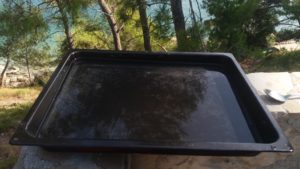
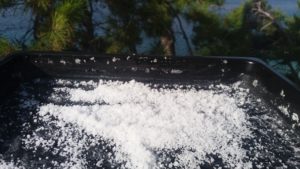
Spicing up the salt
Encouraged by the results and with some spare time due to the vacation, I decided to further improve the salt. I picked up some local herbs: rosemary (Rosmarinus officinalis), sage (Salvia officinalis), oregano (Origanum vulgare) and lavender (Lavandula latifolia).

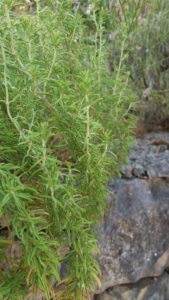


Next, I hung the bundle of herbs in a shadow for a week to dry completely. Then I finely chopped roughly equal amounts of rosemary and oregano. The same happened to sage and lavender, but only half of the amount was chopped compared to the rosemary and oregano, since they have much stronger aroma, which could completely overshadow rosemary and oregano.
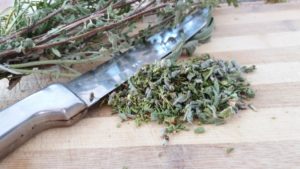
Finally, I mixed the chopped herbs with the salt and – voila – a superb mixture to spice up your food and get that Mediterranean feeling, no matter where you are – provided it is warm enough.
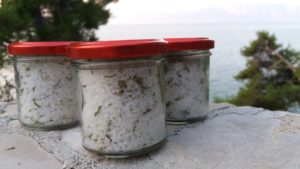
Image credit: Amazing food
